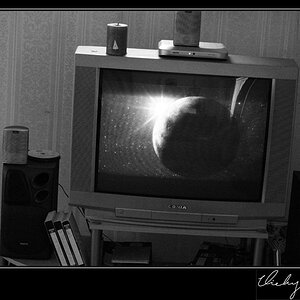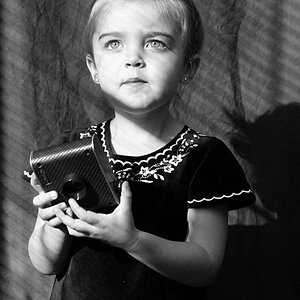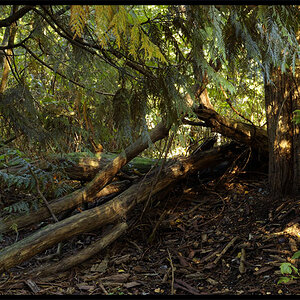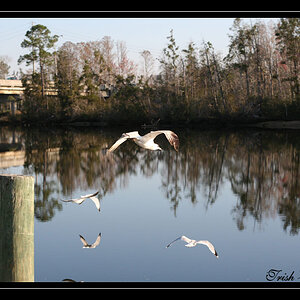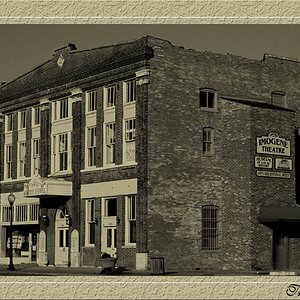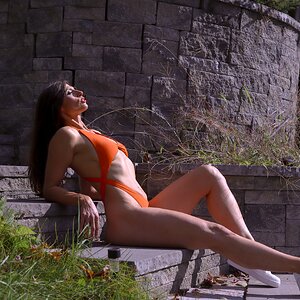slat
Been spending a lot of time on here!
- Joined
- Oct 1, 2016
- Messages
- 3,452
- Reaction score
- 1,043
- Location
- Missouri
- Can others edit my Photos
- Photos OK to edit
I was taking some astrophotography pics the other night. I am using a Canon SL1. I used three different lenses. The 18-55/3.5-4.5 kit lens, the 24/2.8 pancake and the 10-18/4.5-5.6. My question is that no matter what lens I was using I had to increase my exposure compensation in order to keep the f/stop wide. If I kept the compensation at zero I would have to go up to on my f/stop. From what I've read the compensation is supposed to be zero, but I'm not sure what to do to keep f/stop wide and compensation at zero. The photos seem to look ok, but if I can make them better I'd like to do that. Any help or ideas would be greatly appreciated.




